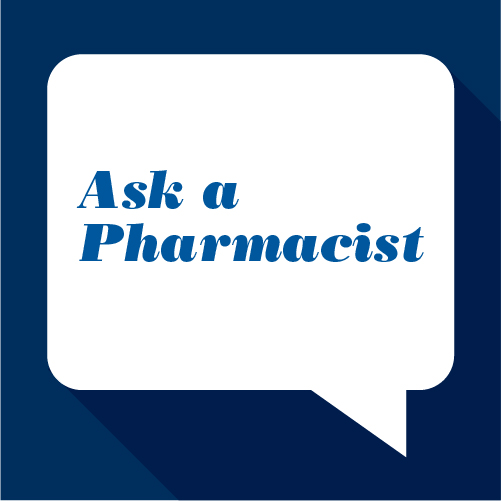October 1, 2021
The Food and Drug Administration (FDA) defines a generic drug as a “medication created to be the same as an already marketed brand-name drug in dosage form, safety, strength, route of administration, quality, performance characteristics, and intended use.” Generic drugs contain the same active ingredients as brand-name drugs and therefore have the same efficacy and safety profiles. In order to prove this, the FDA requires drug companies to submit an abbreviated new drug application, which must show bioequivalence to the active ingredient in the brand-name drug along with evidence of meeting the same strict standards of manufacturing and matching container labeling criteria as its brand-name counterpart. Studies conducted have shown that the testing required by the FDA is robust and supports the overall conclusion that brand and generic medications are therapeutically equivalent.
Generic drugs tend to cost less than their brand-name counterparts because they do not have to go through the same clinical studies and trials that were required of the brand-name drugs. This means that although generic drugs have the same therapeutic effects as the brand-name drugs, they are usually sold at much lower costs. However, there are often misconceptions about and a lack of understanding of the difference between brand and generic medications.
As pharmacists, we play a pivotal role in clarifying any questions or concerns that you may have about generic versus brand-name drugs and ensuring your optimal outcome while helping you find affordable healthcare options.
The views and opinions expressed above are those of the author and do not necessarily represent that of AmerisourceBergen Drug Corporation. The content is for informational purposes only and is not intended to diagnose, prescribe or treat any health condition and should not be used as a substitute for consulting with your health professional.

